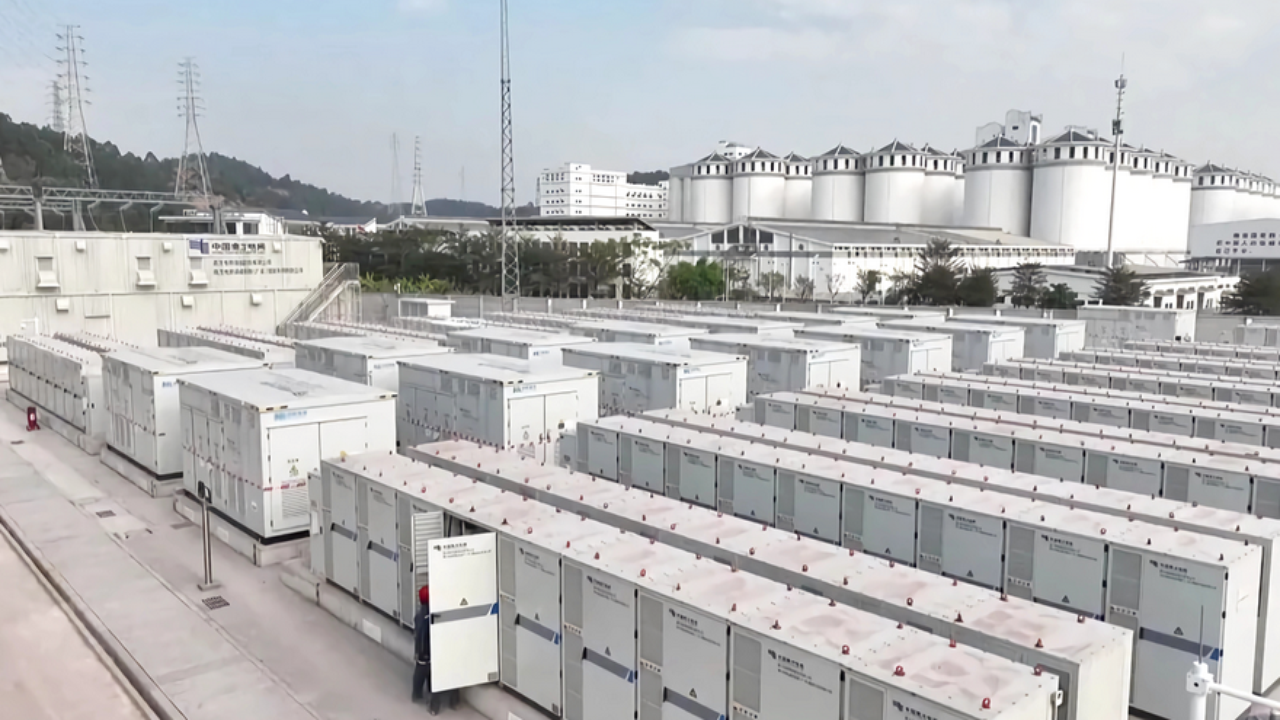Null dimension battery model to design an embedded digital twin

In the realm of renewable energy, the power grid is incapable of supplying the required energy during peak times, while substantial energy loss occurs during non-peak times. The energy infrastructure’s capacity for demand-response poses a challenge that can be mitigated by incorporating substantial energy storage devices, such as batteries.
Battery modelling and simulations enable the creation of a digital twin to mimic the behaviour of the cells along the time. The conventional P2D model is quite robust and precise in predicting the evolution of a single cell, revealing the electrical potential in the electrodes and electrolyte, the charge level of the cell, and numerous other quantities such as temperature, intensity, and chemical reaction rates.
Furthermore, when connecting hundreds or thousands of cells, the P2D model is not tractable by embedded microcontrollers. We are dealing with many simulations to be carried out simultaneously, with boundary conditions that connect the cells between themselves. The Centre for Mathematics of the University of Coimbra and the Centre of Physics of Minho and Porto Universities are working on a new zero-dimensional model for the battery, which will be sufficiently precise, reliable, and tractable, even with limited computation resources. It allows the assessment of the main physical and chemical quantities, such as potentials, concentrations, and density currents, as well as the lifespan, number of cycles, and state of health, cell by cell.
To assess the accuracy of the prediction, we are implementing the simulator for a single cell and comparing it to the standard model used in industrial software (Comsol). We intend to conduct simulations involving hundreds and thousands of cells in order to accurately predict the battery behaviour, obtain comprehensive insights about each cell, aid in devising an optimal strategy for loading and discharging the cells, and regulate the battery temperature.





